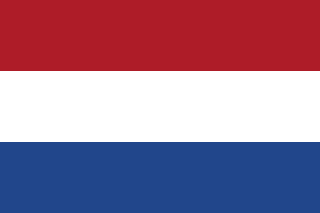| Remarks |
A boy of about ten years old, with flushed cheeks and untidy spiky hair, looks up. The tall window that illuminates his face is reflected in his young and shiny eyes. He's a poor boy, rascal type; over his rough brown shirt he wears two coats a few sizes too big, causing the shoulders to hang down. You might interpret the boy's upward gaze as devout, but prayer was probably not an everyday reality for him. Working in the factory, on the other hand, might have been. In the 19th century Maastricht developed rapidly into a heavily polluted industrial city with a large impoverished part of the population. Even though child labour had been prohibited since 1874, it took decades before it was completely banned (see also the text accompanying the portrait of Victor Jaunez, 1912).
Henri Goovaerts portrayed many children, all of them being rich and well-taken care of since the children's portrait could only be afforded by the bourgeoisie at that time. What about this portrait then? It is striking that the boy does not look at us, as is usual in a portrait. Instead, he seems to represent a certain state of mind: a state of vulnerability and anxious anticipation. We should probably consider this painting not so much in the tradition of the portrait as in the tradition of the genre painting: a scene with figures expressing a story, a feeling or an idea, as we see for example in Goovaerts' sketch 'Misère' (1884-1887) and in his painting 'Alcohol' (1905).
Although this painting is not about the personality of this child, Henri Goovaerts most likely used exactly such a poor boy as a model for this work. The tall window that reflects in his eyes could be the window of the studio where the boy sits, but we can also imagine that this is a window in the factory where the boy works and where he looks anxiously awaiting at the grown-ups telling him what to do. |

